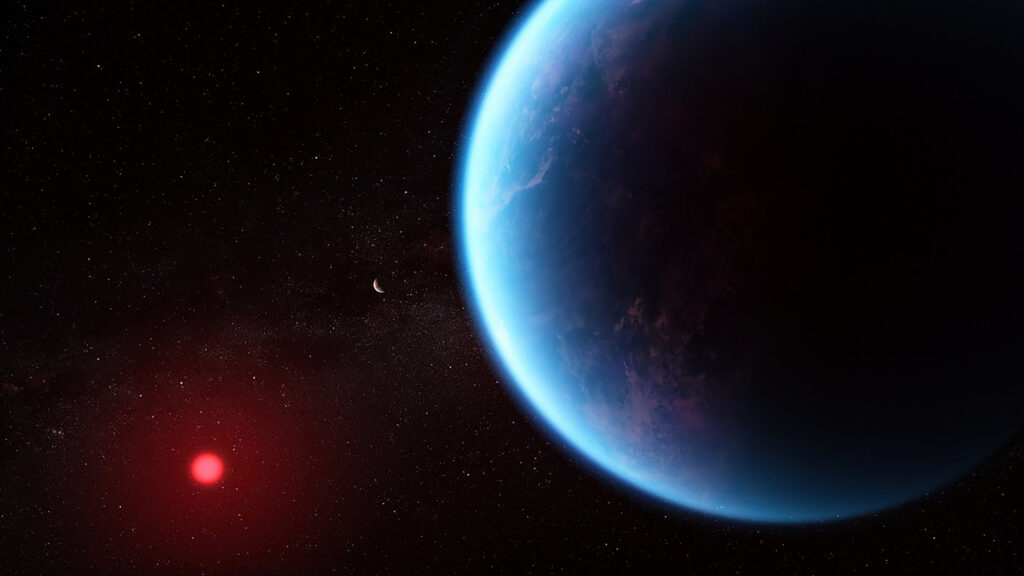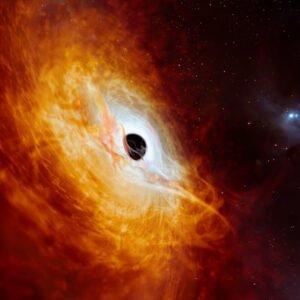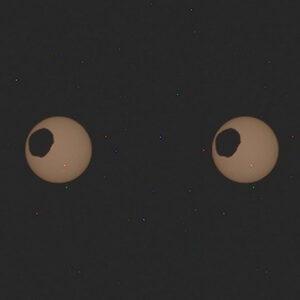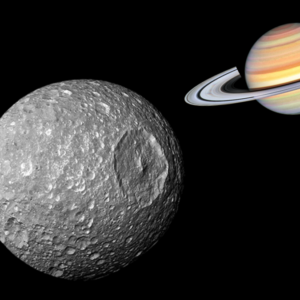
In yet another groundbreaking discovery, earlier in the month, operators of the James Webb Space Telescope at NASA identified a distant exoplanet that has scientists buzzing with major excitement.
This celestial body, known as K2-18b, lies a staggering 120 light years away from Earth in the constellation Leo. But what sets K2-18b apart from other exoplanets is the alluring possibility that this new find could possess the elusive combination of a protective atmosphere and a surface entirely covered in oceans. This intriguing category of celestial objects is referred to as a Hycean world.
The James Webb Space Telescope, nicknamed Webb, has been at the forefront of the quest to find uncovered mysteries of the universe, particularly the search for extraterrestrial life. Equipped with cutting-edge spectrographs, Webb has unlocked the ability to scrutinize exoplanets in a manner unmatched by any other observatory. These incredibly advanced instruments have allowed scientists to confirm that K2-18b truly presents a unique opportunity for the quest to discover life beyond our planet.
K2-18b is nestled within the habitable zone of a red dwarf star known as K2-18, its distant celestial home. It is estimated to be a colossal 8.6 times bigger than Earth. The composition of its atmosphere, which is characterized by an abundance of methane and carbon dioxide, alongside a lack of ammonia, gives further confidence to the hypothesis that underneath the hydrogen-rich atmosphere, there may actually be a large body of water ocean.
Such conditions strongly resemble the primordial Earth, where life first began. This is why it makes K2-18b an exceptionally promising candidate when it comes to being a place to search for extraterrestrial life. The exciting possibility of finding life somewhere in the galaxy relies heavily on finding environments just like this.
However, the excitement doesn’t stop there. Webb’s initial observations have produced another intriguing clue. This was the potential detection of a molecule called dimethyl sulfide (DMS) on K2-18b. What makes this discovery particularly exhilarating is that, on Earth, DMS is exclusively produced by living organisms, primarily phytoplankton found in marine ecosystems.
However, researchers caution that further validation is still needed because the light and glare of the host star majorly limit the ability to get detailed observations of an exoplanet.
To overcome this challenge, astronomers use a method that involves patiently waiting until the exoplanet transits between its host star and the telescope. This rare celestial alignment creates an eclipse, during which Webb can use its Near-Infrared Imager and Slitless Spectrograph (NIRISS) and Near-Infrared Spectrograph (NIRSpec) instruments to capture images of the exoplanet.
These instruments allow scientists to analyze the wavelengths of light and colors emitted by the planet, providing critical insights into its atmospheric composition and potentially the presence of life-enhancing molecules. However, due to such a short window of opportunity, Webb’s exceptional powers are limited still.
Nikku Madhusudhan, an astronomer at the University of Cambridge and lead author of the paper said, “This result was only possible because of the extended wavelength range and unprecedented sensitivity of Webb, which enabled robust detection of spectral features with just two transits.”
“For comparison, one transit observation with Webb provided comparable precision to eight observations with Hubble conducted over a few years and in a relatively narrow wavelength range,” he adds.
Despite Webb’s extraordinary capabilities, the window of opportunity for such observations remains brief due to the unique alignment of celestial bodies.
K2-18b falls into the category of “sub-Neptune” exoplanets, a designation indicating its similarity to Neptune but with a smaller size. While sub-Neptunes such as K2-18b are believed to be among the most common rocky exoplanets, previous analysis show that many of them are less likely candidates to support life, or at least life familiar to us. Their thick mantles of high-pressure ice and tenuous atmosphere often result in conditions that are either scorching hot or limited to an ocean of water vapor.
The discovery of K2-18b is another impressive step forward in our quest to better understand the possibility of life beyond Earth. With its rare characteristics, such as the probable Hycean environment and hints of DMS, scientists all over the world are buzzing with the possibility of literally, a whole new world.
Although a number of major challenges still exist in confirming the presence of extraterrestrial life, K2-18b stands as a shining beacon in the world’s ongoing exploration of the cosmos. Moreover, it reminds us of the boundless mysteries and possibilities of things that are beyond life as we know it.
What are your thoughts? Please comment below and share this news!
True Activist / Report a typo


